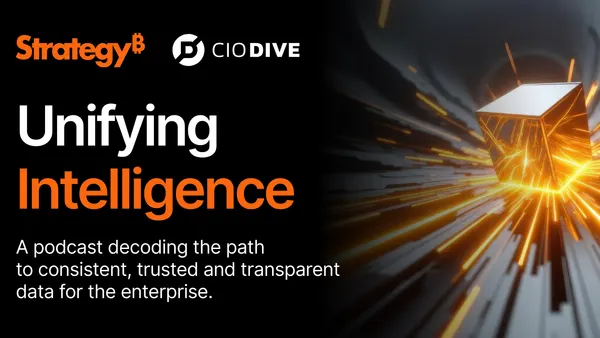According to a recent Winterberry Research report, 70% of surveyed executives in the US and UK are either currently collaborating with other organizations to share first-party data or have plans to. A key opportunity for CIOs, then, is to facilitate data collaboration in a way that preserves privacy at scale.
Although spearheading data collaboration often comes from the commercial side of a business, CIOs’ remit in these instances is enabling data to be safely and securely connected.
Run your platforms on premium fuel, drive better business results
Think of your data infrastructure as a car and data as gas. You’ve made the case for investing in the best vehicle, steering, and brakes — an investment that has largely remained intact at a time when many other budgets have been reduced. What will drive your strategy forward aren’t the individual components you’ve invested in, but rather the continuous usage of premium fuel by your stakeholders and their teams.
In business, this can take many forms:
- If you’re a retailer with valuable data assets that you know there is a market for you can consider setting up a media network to unlock a new revenue stream and provide better intelligence to your suppliers
- If you’re a publisher with a strong authenticated data set you can provide more insightful analytics to your advertisers, which will strengthen your relationship and encourage them to increase their media spend with you
- If you’re a CPG looking to build your own data asset you can continually boost your customer intelligence and generate insights that may be useful to a variety of internal teams
Reduce complexity through privacy-preserving technology
Inherent in each of these types of multiparty data collaborations is the need to satisfy a variety of technical and privacy requirements. To do so in a way that reduces IT complexity is a challenge, but not an impossibility with the right framework against which to evaluate privacy-preserving data infrastructure.
Here are six factors and sets of questions to ask and consider in your vendor evaluations:
- Strength of privacy technology: Is their privacy technology rooted in mathematical definitions, or do they sound like, ‘just take our word for it?’ Legacy approaches are not grounded in theory.
- Multi-party support: Am I able to enforce my own privacy standards and controls in a multiparty context? Or must I accept what everyone else is doing?
- Security: Can I leave my data within a secure perimeter? Or does collaborating with others require that data move outside of my data infrastructure?
- Flexibility: Which analytics use cases are supported, and which ones are not?
- Speed: Does their technology slow down my analytics, queries, or processing? If so, is the slow down linear (e.g. 10% slower) or exponential (e.g. 100x slower)?
- Utility: Are the insights generated by my team using the data available accurate and actionable?
Advanced data infrastructures are built on privacy technology rooted in privacy-enhancing mathematical safeguards and possess tailorable privacy controls. These enable your team to easily configure permissions and audit usage. They also allow data to remain where it is currently stored without being copied or moved, regardless of whether data is on prem or stored across cloud architectures. This greatly reduces time to provision data for usage, in addition to keeping it safe. Lastly, leading-edge solutions support a variety of analytics use cases and tooling, and facilitate access to permissioned data to ensure that analysts can perform their usual tasks and generate accurate, actionable insights.
While some vendors may claim a subset of these factors are more important than the others, they should be equally weighted. Remember that there is no silver bullet to privacy-preserving technologies—anyone who claims otherwise is selling snake oil. Expect your vendor to articulate what the compromises are with their solution and how they approach optimizing for your needs across these six dimensions.
With additional data regulation undoubtedly in our future, customer intelligence will only become more challenging to come by, increasing the need for enterprises to collaborate with data safely and securely. The CIOs that plan for this future now will be the ones poised to reap greater returns on their current investments.










